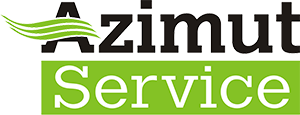What Is the Counselor Ed Agreement
The Counselor Education Agreement, also known as the CEA, is a document that outlines the standards and guidelines for graduate programs in counseling. These guidelines were developed by the Council for Accreditation of Counseling and Related Educational Programs, or CACREP, and are designed to ensure that counseling programs meet a high level of quality and consistency.
The CEA covers a number of different aspects of counseling education, including curriculum, faculty qualifications, student support, and program evaluation. Programs that meet the standards outlined in the CEA are considered to be of high-quality and are more likely to help their students succeed in their careers.
One of the key aspects of the CEA is its focus on core curriculum areas. These are the fundamental knowledge and skills that all counseling students should learn during their graduate studies. Some of these core areas include human growth and development, social and cultural diversity, counseling theories and techniques, and research and program evaluation.
The CEA also requires that counseling programs have well-qualified faculty members who are committed to providing high-quality education to their students. This includes having faculty members who are trained in counseling, have experience working in the field, and who participate in ongoing professional development.
Student support is another important aspect of the CEA. Counseling programs are expected to provide students with a range of resources and support services, such as academic advising, career counseling, and personal counseling. This helps to ensure that students have the tools and support they need to succeed in their graduate studies and prepare for their future careers.
Finally, the CEA requires that counseling programs regularly evaluate their effectiveness and make changes as needed to improve their programs. This includes collecting data on student outcomes, faculty qualifications, and program resources, and using that data to make informed decisions about program improvements.
Overall, the Counselor Education Agreement is an important document for anyone considering a graduate program in counseling. It provides a framework for evaluating programs and helps to ensure that students receive a high-quality education that prepares them for success in their careers.
